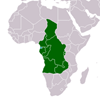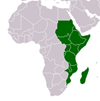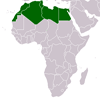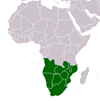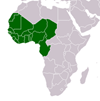Anthropology and History in the Southern African Iron Age
Anthropology and History in the Southern African Iron Age
An ongoing collaborative initiative by southern African archaeologists and historians has generated two publications: the book Five Hundred Years Rediscovered and a special issue of African Studies. Overall, the initiative is positive. The reviews of research histories in both publications, especially in African Studies, take strongly critical positions on archaeology. The critiques, directed generally at anthropological approaches in archaeology, and specifically at ceramic and settlement pattern studies, claim that such approaches fail to generate a socially dynamic – or historical – past. It is nevertheless clear that the critiques rest upon flawed understandings of the concepts criticised. In the case of ceramics, the authors equate style entities, or facies, with social and political homogeneity. In the case of settlement patterns, the authors argue that so-called ‘structuralist’ models produce an ahistorical past devoid of social dynamism. This article responds to these flaws, first considering the complex relationship between material-cultural entities and people, and secondly showing how settlement models do indeed represent sets of socially dynamic relationships. Further, in advocating an alternative ‘historicised’ approach some scholars seem not to appreciate either the challenge or significance of archaeological data, and perhaps give aspects of the oral record undue precedence.
CITATION: Whitelaw, Gavin. Anthropology and History in the Southern African Iron Age . : Taylor & Francis Group , 2012. African Studies, Vol. 71, No. 1, April 2012, pp. 127-144 - Available at: https://library.au.int/anthropology-and-history-southern-african-iron-age-3

